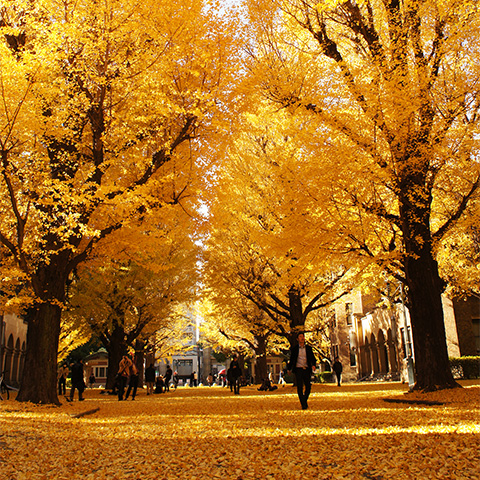終了Zasshikai seminar 1958th, Professor Quan “Jason” Cheng, “Advancing Surface Plasmon Resonance Biosensing through Biomimetic Interfaces, Machine Learning Algorithms and New Plasmonic Substrates”
Oct.15
- 日時
- 2024/10/15 17:00〜
- 会場
- 4F Lecture room, Chemistry Main Bldg.
- 講師
- Professor Quan “Jason” Cheng (Department of Chemistry, University of California, Riverside, California, USA)
- 演目
- “Advancing Surface Plasmon Resonance Biosensing through Biomimetic Interfaces, Machine Learning Algorithms and New Plasmonic Substrates”
- 担当
- Prof. Takeaki Ozawa (ext.24351), Department of Chemistry, Graduate School of Science
Abstract:Early diagnosis of complex diseases such as cancers, brain diseases and neurological disorders stimulates the development of powerful, reliable, and portable biosensor tools that enable accurate detection of molecular biomarkers. Biomarkers have been used in clinical practice for personalized medicine, for monitoring disease progression before and after diagnosis, and for screening and risk assessment. Advancements in biosensor technology, however, rely on fundamental developments that improve on analytical performance and the ability to handle complex biological samples. In this talk, recent work conducted in our laboratory towards high performing biosensing by surface plasmon resonance (SPR) with biomimetic interfaces, novel nanoplasmonic designs, and machine learning algorithms will be discussed. Coated plasmonic films have been designed for forming supported lipid bilayer as interface to study protein interaction and detection under complex conditions. A range of strategies to eliminate nonspecific interaction and improve antifouling properties will be discussed. A microarray-based, multiplexed detection of multiple sclerosis biomarkers by SPR imaging will be presented. Using ganglioside arrays, direct detection of multiple sclerosis antibody biomarkers has been demonstrated in the range of 1 ng/mL to 20 ng/mL in serum. Machine learning (ML) algorithms have been applied to understand cross reactivities among biomarkers, and to examine specificity towards high detection accuracy using k-nearest neighbor (knn) and neural net (nnet) models. New developments for SPR sensing with aluminum thinfilms will be covered, which produced excellent detection sensitivity as compared to gold in both spectroscopic and imaging analysis. Finally, plasmonic films-enhanced MALDI-MS for single cell analysis will be demonstrated with bacterial toxins and microalgae cells.
